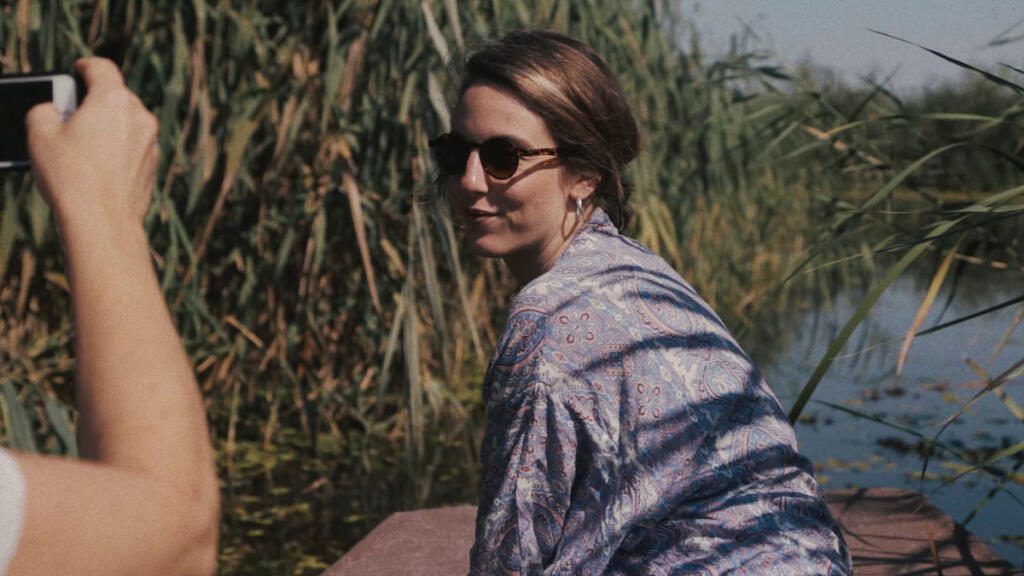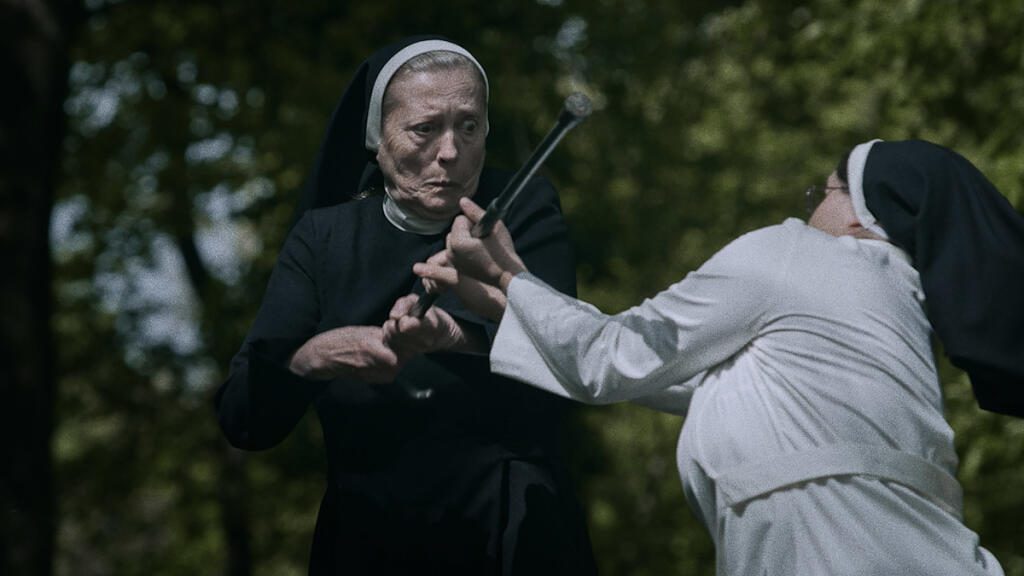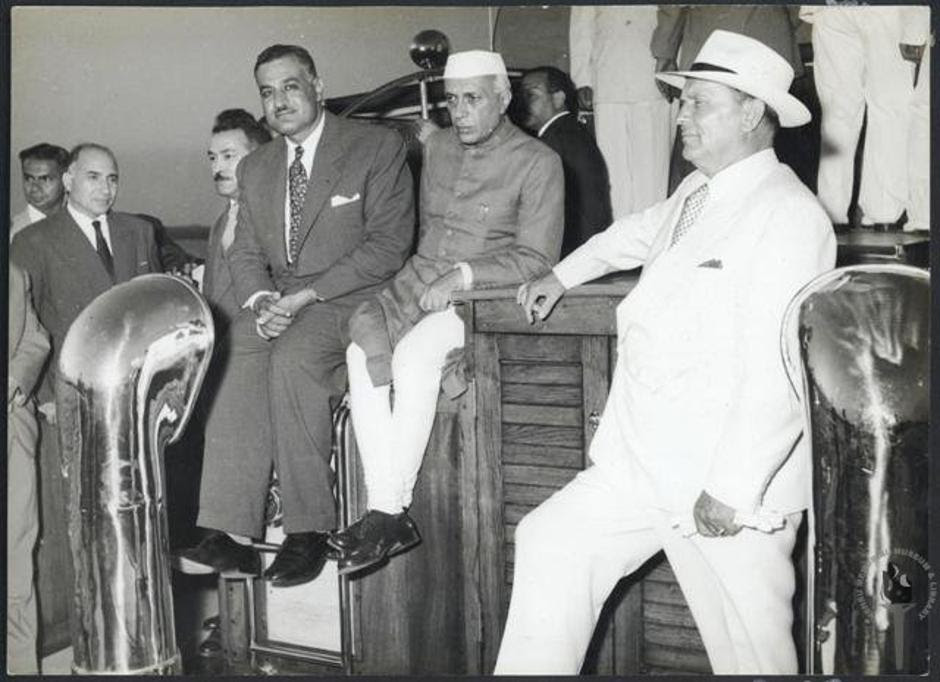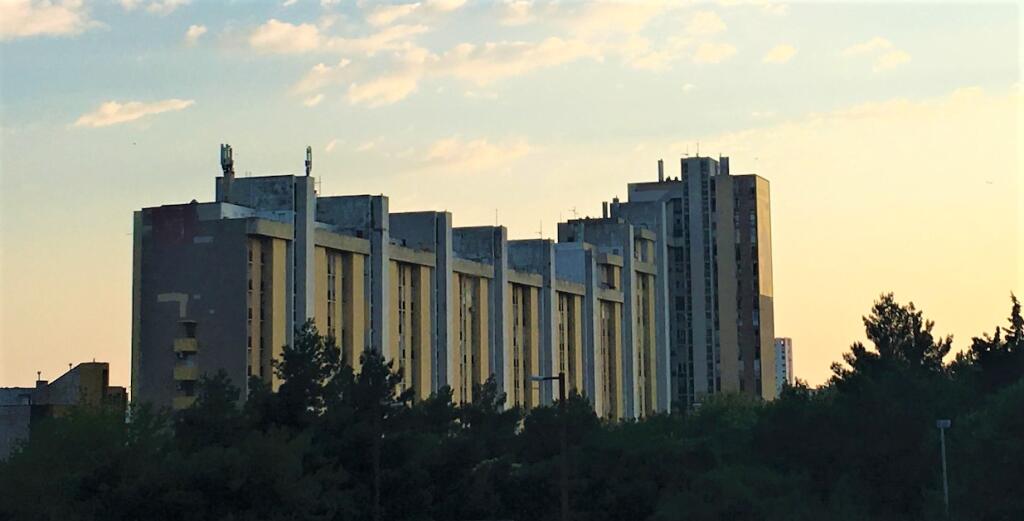ROMANIAN TIFF AND CZECH KARLOVY VARY HEAT UP THE FESTIVAL SUMMER
It’s Film Festival Season in South East Europe!
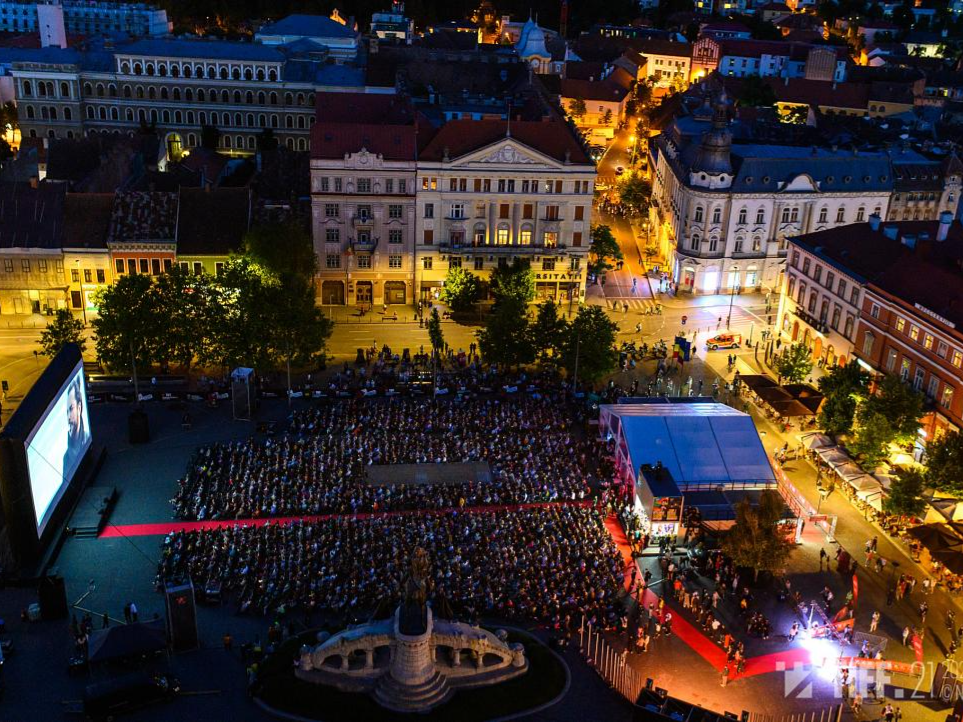
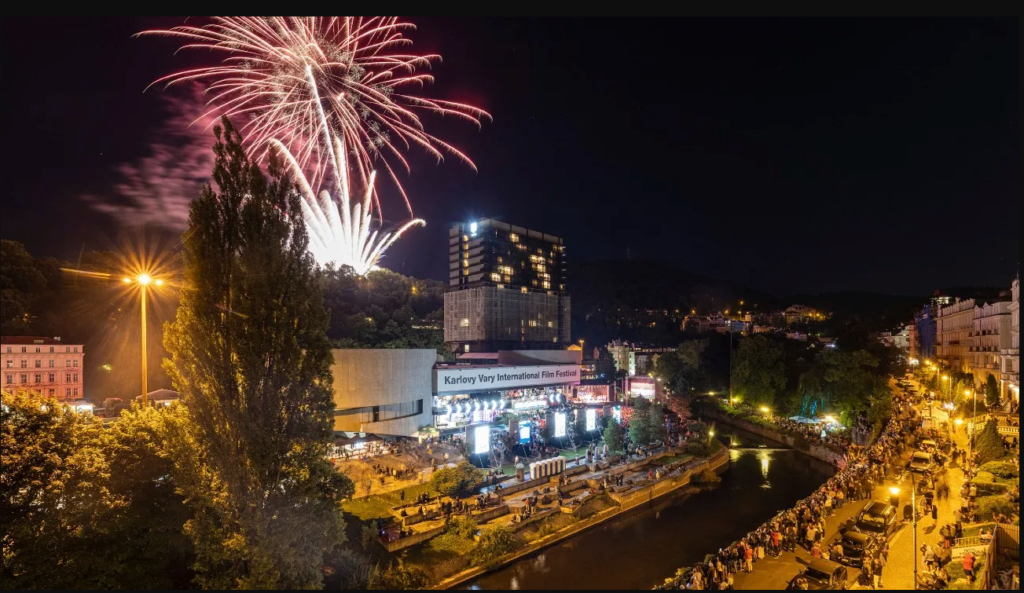
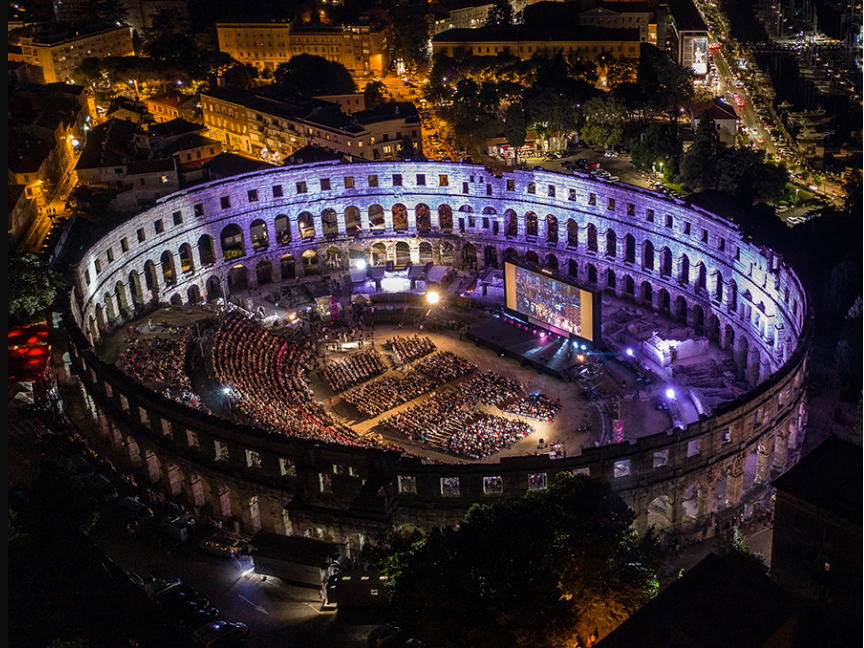
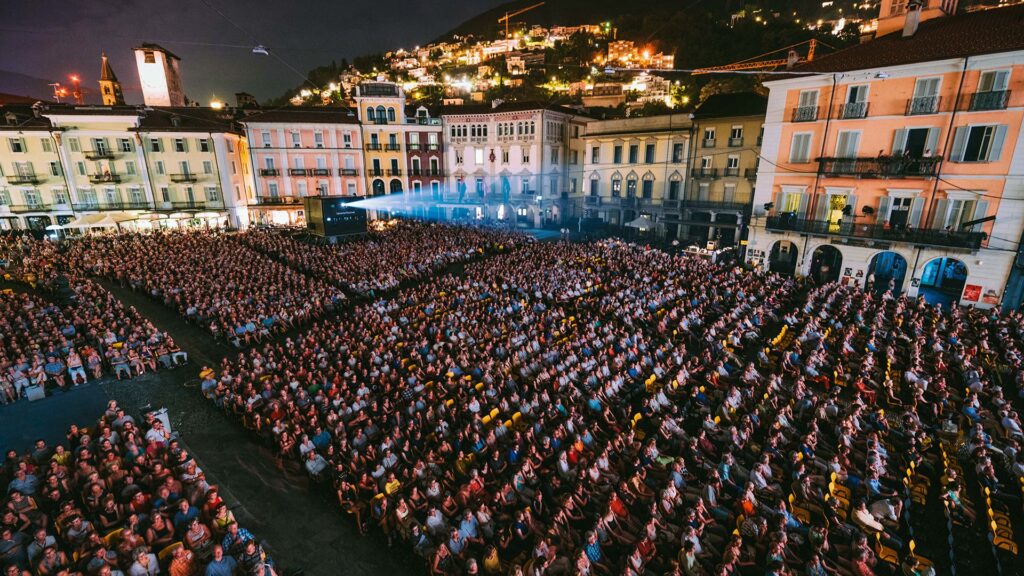
The busy festival summer kicks off this weekend with the 24th annual Transilvania International Film Festival in Cluj-Napoca, Romania, followed in July by the 59th festival in Karlovy Vary, Czech Republic, and the 72nd Pula Film Festival in Croatia.
Next in August are Locarno (the 78th edition) and Sarajevo (the 31st), the largest regional festival in South East Europe.
And there’s more to explore on the festival circuit! Packed programs with an increasing number of sidebars, industry platforms and special cultural events offer festivalgoers plenty to choose from.
Whether you’re a film industry insider or a tourist, European festival summer is welcoming to all guests. Enjoy!
TIFF Romania – https://tiff.ro/en
Karlovy Vary – https://www.kviff.com/en/homepage
Pula – https://pulafilmfestival.hr/?lang=en
Locarno – https://www.locarnofestival.ch/home.html
Sarajevo – https://www.sff.ba/en
“Greek Apricots” at Future Frames in Karlovy Vary
Short film by Slovenian director Jan Krevatin, “Greek Apricots” – which L.A. audiences saw at SEEfest in May, is part of European Film Promotion’s program Future Frames at the upcoming Karlovy Vary International Film Festival, July 4 – 12.
The film portrays a couple brought together by their shared Macedonian roots on a quiet summer night, and features renowned N. Macedonian actress Labina Mitevska (“Before the rain,” “I am from Titov Veles”). Congrats to the young filmmaker!
…and a few books to read on long summer nights…
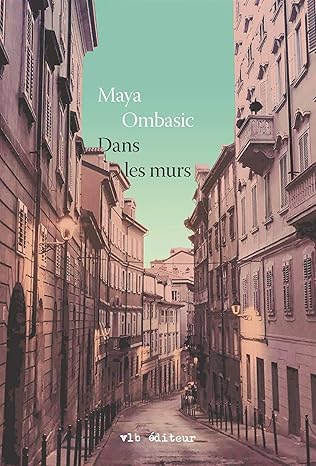
Maya Ombasic, from Bosnia and Herzegovina and based in Quebec, Canada, whose breakout debut “Mostarghia” established her on the international literary scene, has several books in print albeit mostly in French.
“Lejla” (Dans les murs) features a woman traveling to Trieste, a city she’s fascinated by since childhood, and a city that encapsulates the unique milieu of Central/East and Southeast Europe.
And More:
Andrey Kurkov, Ukrainian author whose novel “The Silver Bone,” translated by Boris Dralyuk, was on the 2024 International Booker Prize longlist.
Georgi Gospodinov: The Bulgarian author, who won the 2023 International Booker Prize with “Time Shelter,” translated by Angela Rodel.
Jenny Erpenbeck, a German author from the former East Germany, won the 2024 International Booker Prize for “Kairos,” translated by Michael Hofmann. This novel is set in the final years of communist East Germany.
“This Way to Paradise – Dancing on the tables,” a book about life in Greece, by lifelong Philhellene (and a supporter of SEEfest since its early days,) Willard Manus.
SUPPORT SEEFEST
Not a member yet? Become an art patron with other SEEfest arthouse aficionados in support of great events and programs. Our mission is to keep you informed about initiatives from our wide network of fellow cultural organizations.
We Welcome YOU!
Meet the Team at SEEfest’s 20-Year Milestone
by Cristina Sandu
Each spring, a unique cinematic voice echoes across Los Angeles, far from the glittering lights of Hollywood. That voice belongs to the South East European Film Festival, SEEfest, an annual celebration of storytelling that shines a spotlight on the cinematic culture of Southeast Europe. In its 20th year, SEEfest has become a beloved staple in the city’s cultural calendar, known for its diverse programming, global perspectives, and unwavering commitment to cross-cultural dialogue.
Founded by film curator and Artistic Director Vera Mijojlić, SEEfest was born from a bold idea to bridge continents through the universal language of cinema.
Since its grassroots beginnings, the festival has become a dynamic platform for independent voices often missing from mainstream discourse.
At its core is a team of cinema enthusiasts who keep up with the latest trends in the film festival industry and nurture its ever-growing community.
In a recent conversation with Elisa Iovine, Denise Wakeman, and Allie Rigby, we took a closer look at the people behind SEEfest and what keeps this festival relevant and thriving.
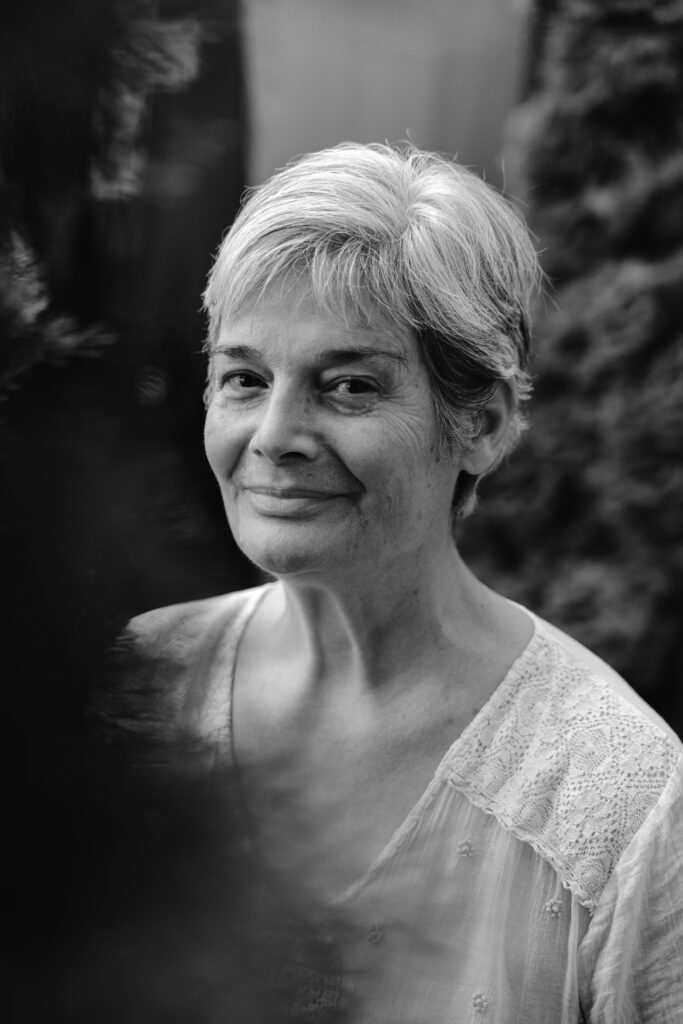
A Dream Realised
“The festival is Vera Mijojlić’s brainchild,” says Elisa Iovine, a long-time SEEfest team member and veteran of the global film industry.
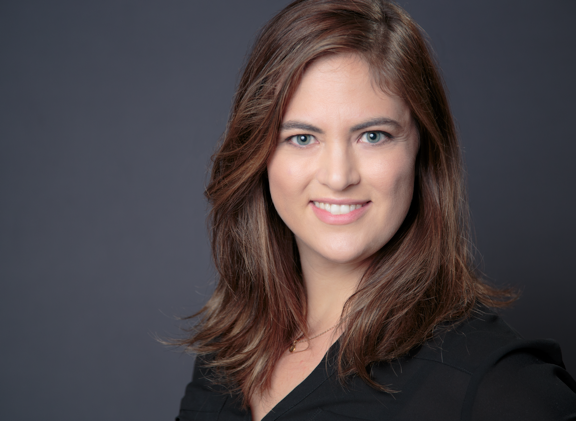
Elisa spent the past 15 years at Warner Bros., rising through the ranks to become Vice President of International Advertising. She has worked on some of the biggest film campaigns of the past decade, including blockbusters like “Wonder Woman.”
Her passion for SEEfest is personal and professional, which is a way to return to storytelling’s cultural roots.
“From the beginning, SEEfest was more than just a film festival,” she says. “It is a space for connection, for people to come together through the lens of Southeast Europe.”
Who Shows Up? Everyone.

When asked about the kind of audience SEEfest attracts, both Elisa Iovine and Denise Wakeman, the festival’s Director of Digital Marketing, light up.
Denise Wakeman is a digital strategist and one of the early adopters of AI in digital marketing. She is constantly innovating how the festival reaches global and local audiences, and you can find more about her work at denisewakeman.com.
“We see everyone from curious film students to seasoned industry professionals, along with members of the Southeast European community and local cinephiles who simply love discovering new perspectives,” Elisa says. “It’s a wonderfully varied crowd, united by their love of storytelling and cultural exchange.”
Denise agrees that “It’s a smart, curious, open-minded audience. They’re eager to discover new stories and connect with voices they don’t usually hear from. It’s what makes SEEfest so special.”
A Milestone Year
2025 marks a major milestone: 20 years of SEEfest. And this anniversary brings not only reflection but also celebration.
“Two decades of Southeast European cinema in L.A., that’s no small feat,” says Elisa. “This year, we’re honoring the journey while still pushing forward.”
That push forward includes new programming and broader access.
SEEfest is showcasing six short film programs online, allowing audiences across the U.S. to participate in the festival from anywhere.
As Denise puts it, “Those who aren’t in L.A. or can’t get to a cinema can discover these films and stories anytime during the festival, anywhere in the U.S. It’s a great way to keep the conversation going and bring more people into the SEEfest community.”
Stories That Matter, Especially Now
In a time of cultural division and political polarisation, SEEfest’s mission feels more urgent than ever.
“Festivals like SEEfest are antidotes to isolationism,” Elisa says. “They remind us of our shared humanity through humour, history, and resilience, especially in places like the Balkans, where those stories are so richly layered.”
Denise adds, “I think SEEfest plays an important role right now because it allows us to slow down and connect through stories that don’t usually get much attention.”
SEEfest Review: Where Culture and Cinema Converge
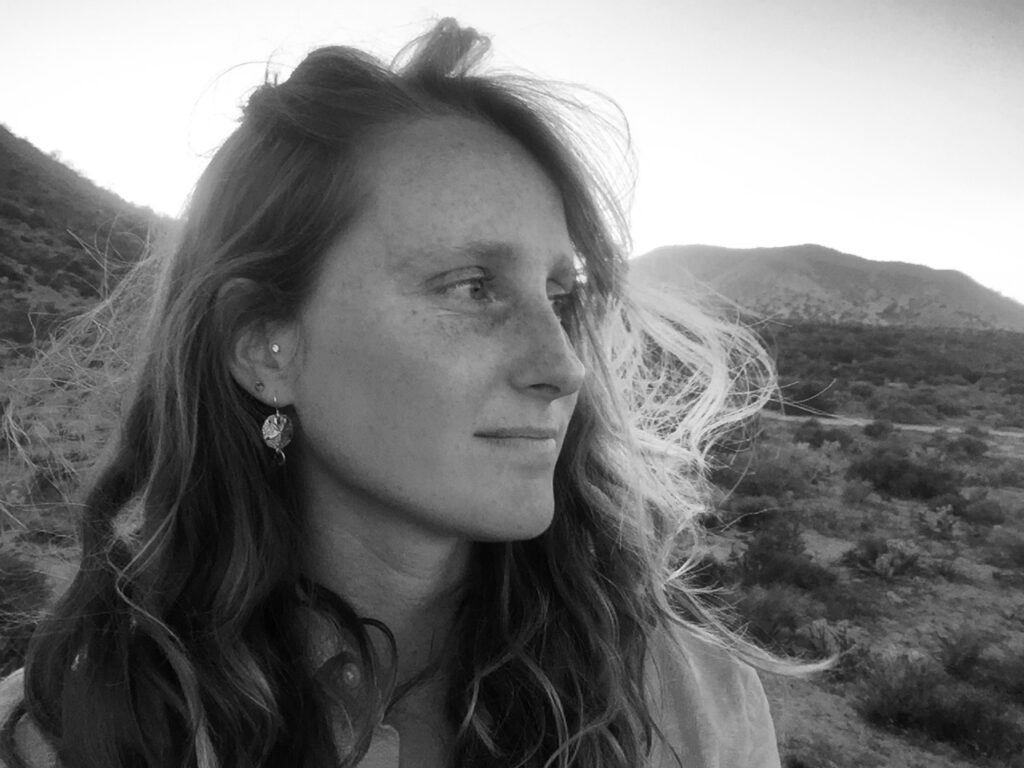
Beyond the screen, SEEfest continues the dialogue through its online publication, The SEEfest Review, a platform curated with care and creativity by Allie Rigby.
A poet, editor, and art enthusiast, Allie brings her literary sensibility and cultural insight to every issue. When she’s not curating content for SEEfest, she follows the international art scene and shares her creative work via allierigby.com.
“We’re trying to tell a larger story about Southeast Europe, and one that is relatable to anyone living in a nation where borders of all kinds exist, for better or worse, and usually, worse,” Allie says.
At The SEEfest Review, she seeks passionate voices, angles that feel urgent, and topics that promote cross-cultural dialogue.
Community at the Core
One theme emerges again and again in our conversation: community.
SEEfest thrives because of its people: the volunteers, the local partners, the audiences, and the filmmakers.
“SEEfest has always been community-driven,” Elisa says. “From the start, SEEfest has relied on the passion and dedication of volunteers, community leaders, and local businesses who believed in the importance of showcasing Southeast European cinema and culture.”
Changing Perceptions
Asked what she’d most like to change about how Americans view European cinema, Elisa doesn’t hesitate. “That it’s not for them. This opinion often stems from misconceptions that European cinema, particularly from Southeast Europe, is either too ‘art house,’ too serious, or somehow disconnected from American viewers’ experiences.”
Denise adds, “More people realize European film isn’t just French or Italian cinema. There’s so much happening in places like Bosnia, Romania, Ukraine, and Serbia, and SEEfest is helping open those doors.”
Looking Ahead: Bigger Platforms, Wider Impact
What’s next for SEEfest?
A dream collaboration with a major festival like Sundance or TIFF is high on the wishlist.
“Sundance would be a perfect fit,” Elisa says. “I believe the Sundance Film Festival would be an ideal partner for several strategic reasons. Sundance’s commitment to independent voices and emerging filmmakers aligns perfectly with SEEfest’s mission of discovering and elevating new talent from Southeast Europe.”
As Denise notes, the goal isn’t just recognition. “It’s about people coming together, watching something powerful, and then sticking around to talk about it. That shared experience helps build connections with fellow cinephiles and expands the festival’s reach into diverse neighbourhoods.”
Final Cut: SEEfest Is More Than a Festival
In the end, SEEfest is about so much more than films. It’s about community. It’s about cross-cultural curiosity. And most of all, it’s about the belief that stories told with heart, humour, and honesty can bring us closer in a world that often feels too far apart.
As SEEfest enters its third decade, its team continues to shine a light on the voices of Southeast Europe, one film at a time, while proving that when it comes to cinema.
About the Author
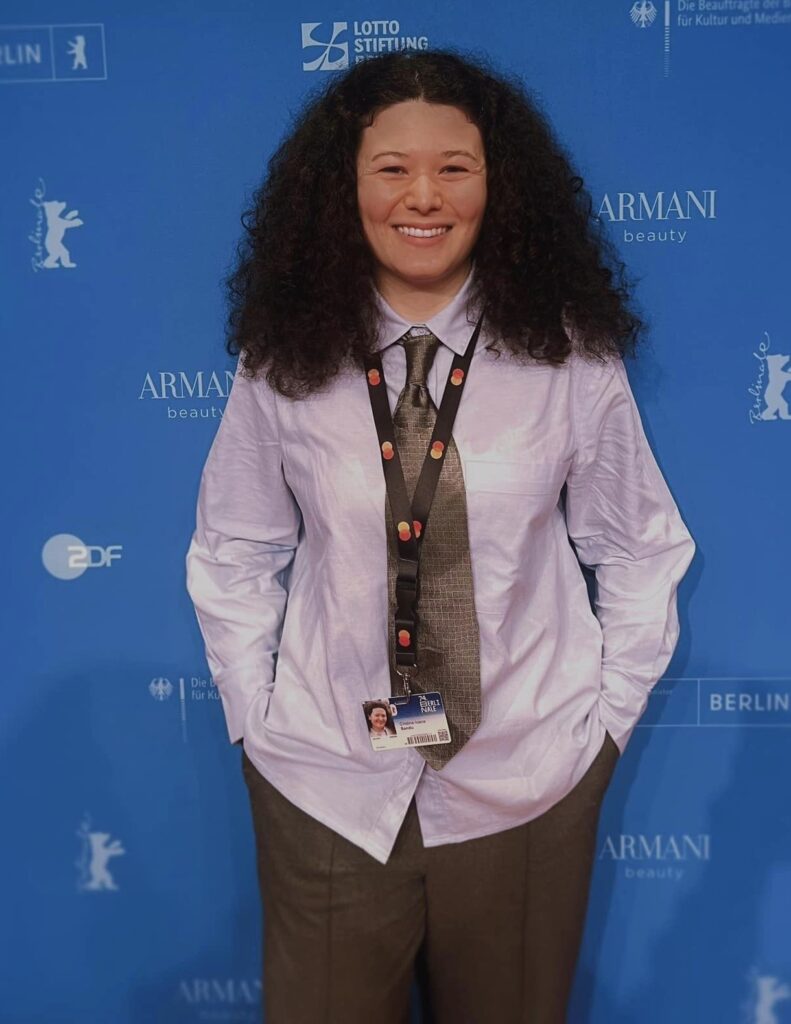
Cristina Sandu Bio: Journalist Cristina-Ioana Sandu graduated from De Montfort University in the UK and is passionate about photography, cinema, music, and storytelling. With a background rooted in journalism and media, Cristina brings a vibrant perspective to her work, shaped by hands-on experience in the film industry and live event production.
Her journey also includes crafting compelling narratives that explore identity, art, and human connection. Her blog acts as a personal and creative space to document life, celebrate authenticity, and highlight significant voices in arts and culture. Discover more at: www.cristinaioanasandu.com
SUPPORT SEEFEST
Not a member yet? Become an art patron with other SEEfest arthouse aficionados in support of great events and programs. Our mission is to keep you informed about initiatives from our wide network of fellow cultural organizations.
We Welcome YOU!
Review: Anora
Reviewed by Aleksandr Tverdokhleb
Warning: Contains spoilers for Anora
Weeks have passed since the 2025 Academy Awards ceremony, which took place on March 2 at the Dolby Theatre in Los Angeles. The film Anora by Sean Baker was the evening’s triumph, winning five statuettes out of six nominations, making it the most awarded film at the event. The movie tells the story of Annie Mikheeva (played by Mikey Madison, who won an Oscar for this role), a prostitute and daughter of Russian-speaking immigrants. While working at a strip club, she meets Ivan (Mark Eidelstein), the son of Russian oligarchs. He offers her money to live together, later confesses his love, and proposes to her despite the radical disapproval of his parents (Aleksei Serebryakov and Darya Ekamasova, respectively).
Even if you haven’t heard about Anora before, its cast alone highlights its uniqueness: among the lead actors, only Mikey Madison is American; the other key characters are played by four Russian actors and two Armenian-born performers. This gives the film a distinctive atmosphere, reflected not only in the script (a quarter of the dialogue is in Russian) but also in its rich Eastern European aesthetic. This is evident not only in the characters’ costumes, which differ significantly from the American crowd, but also in certain small habits that are very familiar to Eastern European residents. For example, at one point in a cafe, Toros (Karen Karagulian) starts scolding the nearby American youth, using extremely stereotypical phrases about how the new generation is “not what it used to be” and “doesn’t respect their elders,” even though the American kids have done almost nothing. I think this is very familiar to those who grew up in Eastern Europe and often faced judgment from older generations in public places, hearing similar phrases—even when they had done nothing at all. It’s also noticeable that the Armenian characters park terribly every time, breaking multiple rules and even getting fined once, which feels completely natural, given that they come from a country that is significantly less car-oriented than the U.S.
At first glance, the film seems to follow the signature style of Sean Baker’s directing. His previous works—Tangerine, The Florida Project, and Red Rocket—focus on marginalized communities, with the protagonists of Tangerine and Red Rocket also tied to the adult entertainment industry. However, Anora takes a slightly different path:within the first 20 minutes of the film, the heroine finds herself in a world of luxurious interiors and ultra-wealthy elites.One of the film’s standout features is its visual style, which earned an Oscar for Best Editing. Baker has always been known for his experimental approach to cinematography—for example, Tangerine was shot on a modified iPhone camera to enhance realism. In Anora, he employs various unique cinematographic techniques. In an interview with Hammer To Nail, the director revealed that he deliberately changed film stock and lenses to emphasize color contrasts, with warm tones giving way to cold ones, creating a visual transition between different worlds. Additionally, this helped evoke a 1970s aesthetic, with the set design carefully chosen to match this effect.
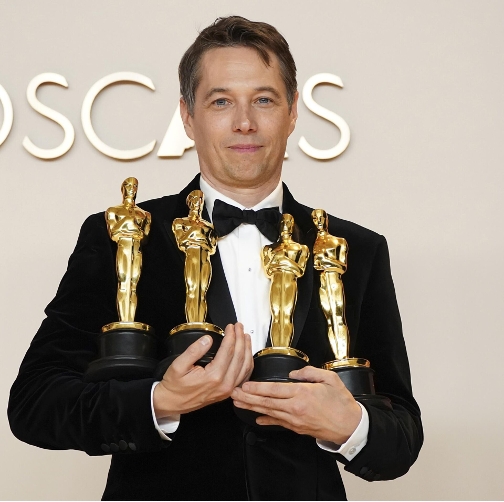
eight films, he was the director, screenwriter, producer,
and editor.
Anora has a distinct, three-part structure. The first part is an erotic melodrama centered on the relationship between Annie and Ivan. This is the weakest segment of the film. The second is a burlesque comedy that begins with the arrival of Armenian “bodyguards” (Karen Karagulian and Vache Tovmasyan) and the Russian “bouncer” Igor (played by Oscar nominee for Best Supporting Actor, Yuri Borisov), whom Ivan’s parents send to New York to annul his marriage to Annie. The third part is a drama, though not without humorous moments—Baker generally avoids pure drama, preferring to balance intense scenes with irony. All three parts share a similar narrative structure, featuring abrupt transitions from loud scenes where characters shout at each other, to quiet episodes in which they sluggishly chew food, watch TV, or engage in routine activities with almost no dialogue.
Overall, the film flips the classic Cinderella storyline on its head. We’ve seen this before in the 1990 film Pretty Woman: a young woman from the social bottom falls in love with a wealthy man and enters the world of the rich. But instead of happiness, as in traditional fairy tales, she discovers that her chosen lover or suitor—who has only known her for a couple of weeks—does not truly love her. And both protagonists of these two Cinderella-esque films realize that money is not a cure-all for life’s problems.
In 2025, viewers of Anora already understand the unrealistic nature of tales like Cinderella and may not expect a happy ending for Anie and Ivan’s relationship. It doesn’t help that Ivan is portrayed throughout the film as an infantile,thoughtless teenager. However, the goal of the film is not to surprise the audience with the sudden realization that marrying someone after two weeks, especially when that person behaves like a child, is a bad idea. Instead, Sean Baker’s aim is to highlight the doomed nature of this marriage via the characters who become the emotional core in the second half of the film: the Armenian “fixers” Toros (Karen Karagulian) and Garnik (Vache Tovmasyan), as well as the Russian Igor (Yura Borisov). These latter characters have incredible charisma. Given that a large portion of their dialogue was improvised, the actors demonstrate remarkable skill. Sean Baker does not speak Russian, so the delivery of lines relied entirely on the actors themselves. The choice of words and intonations was up to them, and in this regard, all Russian-speaking characters showcase an exceptional level of acting.
So what is Anora really about? Neither Ivan nor Anie evokes strong positive emotions at the beginning of the story—one is an immature fool, and the other is overly trusting and at times overly hysterical. Watching the first third of the film, as a viewer, you want to tell Anie not to be so naive when Ivan repeatedly proves how irresponsible he is. And you also want to tell Ivan that to stop acting like a child. When the characters played by Vache Tovmasyan, Yura Borisov, and Karen Karagulian appear, they do exactly that—they voice the concerns of the audience, and interfere with the romance. This strengthens the viewers’ emotional connection with them. On top of that, they deliver almost all of the film’s best jokes. Even when reading American reviews of the movie (for example, on IMDb), it’s clear that even those who didn’t like the film still appreciated the outstanding performances of the Russian-speaking actors.Anora does not just tell the story of Mikey Madison’s heroine—it also presents a classic Hollywood narrative through the eyes of people who usually remain in the background: the employees of wealthy Russian oligarchs, who may appear to have no “real” influence and who work for extremely unpleasant individuals, but still try to conduct themselves with dignity. These characters may be easier to relate to, for the audience

Karen Karagulian, Mikey Madison, Yura Borisov, and
Vache Tovmasyan
Anora is not without its flaws. The excessively sharp editing and the alternating loud and silent scenes may feel exhausting. Additionally, in the first third of the film, the main characters can be irritating at times. However, these shortcomings pale in comparison to the film’s strengths, and Sean Baker absolutely deserved those Oscars.
As for the actors from Southeastern Europe, they deserve the applause too. They not only delivered phenomenal performances, but also became the emotional heart of the film. Thanks to them, Anora stands out from the sea of films released in the past year, serving as a brilliant example of how Russian language and Russian-speaking actors can be used in cinema in a way that feels natural, effective, and well-done. It is especially gratifying to see that Western audiences have also appreciated these performances, confirming just how exceptional they truly are.

Aleksandr Tverdokhleb is a student at Pomona College who is studying cognitive science. He reviews films that reveal how members of one culture perceive and interpret a culture less familiar to them. Additionally, he enjoys exploring the phenomenon of Eastern European diasporas in the United States.
SUPPORT SEEFEST
Not a member yet? Become an art patron with other SEEfest arthouse aficionados in support of great events and programs. Our mission is to keep you informed about initiatives from our wide network of fellow cultural organizations.
We Welcome YOU!
Review: “Bounds” and “I Want a Country”
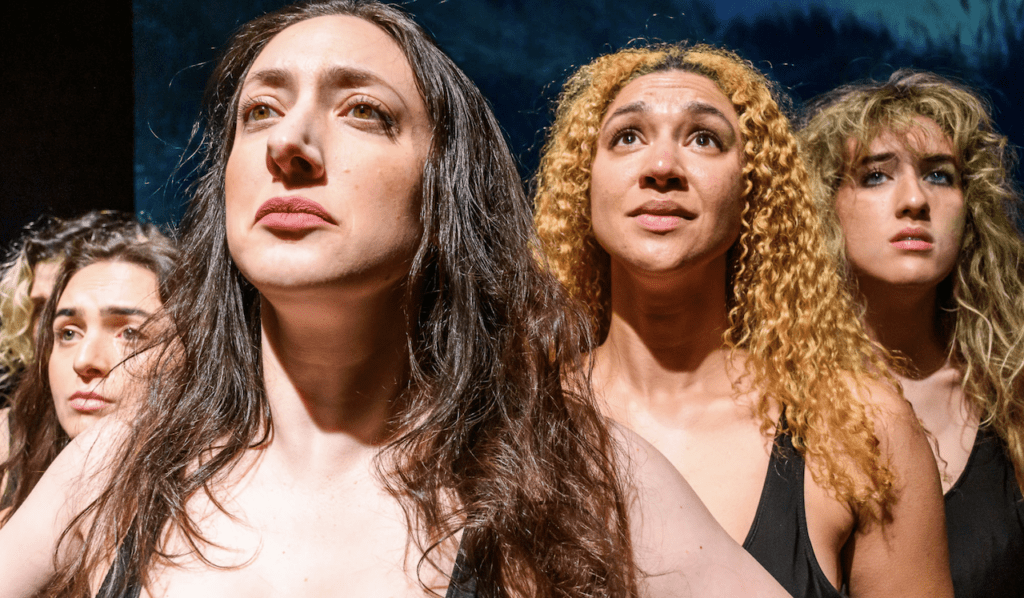
| Location | 2525 Michigan Ave., Building T1, Santa Monica, CA 90404 |
| Theater | City Garage at Bergamot Station |
| Date of Performance | February 7, 2025 and February 9, 2025 |
| Language(s) | English (translated from Italian and Greek, respectively) |
| Photos by | Paul M. Rubenstein |
Reviewed by Allie Rigby
Where do you go when your country has dissolved or fallen apart? What opportunities and purgatories await displaced people who have risked everything for a chance at a better life?
This weekend, two plays opened at City Garage Theatre, both with painfully relevant themes exploring what it means to leave one country forever–or consider leaving it–only to land in a disorienting, dangerous place where arriving becomes an impossible feat.
In this production of Bounds by playwright Tino Caspanello from Italy, and translated by Haun Saussy, five women in matching black outfits command the stage, collectively passing the time on the beach with conversation, dancing, fights, and childlike games with high stakes. The play opens with Woman 1 (Lenka Janischova Shockley) kneeling center stage, wishing for the comfort of a chair, which we later learn she does not have because she lost the most recent round of musical chairs.
Shockley delivers in this role, with her character often challenging the social hierarchy established in this liminal place, with its pecking order led by Woman A (Angela Beyer), and loosely reaffirmed by Woman C (Devin Davis-Lorton) and Woman B (Alyssa Frey). Meanwhile, Woman 2 (Alyssa Ross) seems aware that like Woman 1, her status among the group is not secure, and she may be the one sent back home.

Janischova Shockley, and Alyssa Frey. Photo credit:
Paul M. Rubenstein.
Rules keep the group in some order and also help pass the time. By the end of the play, it remains unclear who will be sent back home, or if any of them will be allowed to enter this new country. All we know is that they are tired and they have been waiting for a long time to arrive.
Directed by Frédérique Michel and produced by Charles A. Duncombe, Bounds succeeds in conveying the uncertainty and fear that the five displaced women share, despite their differences in personality, status, dreams, and beliefs. Duncombe also achieves an uncertain, ominous atmosphere with his choice of rumbling, surveillance-type sounds (ie., helicopters hovering) that grow especially loud in the final scene, where these women await their fate in this new country.
The ending in I Want a Country is similar in that it is also ambiguous, but in a way that is more satisfying because the characters never left their “dead” country to begin with. The despondent, anticlimactic ending conveys the hopelessness of staying in a country where life has been sucked out of it. Written by playwright Andreas Flourakis from Greece during the financial crisis of 2010, and translated by Eleni Drivas, I Want a Country conveys the impossibility of shaping a new nation by consensus or democracy.
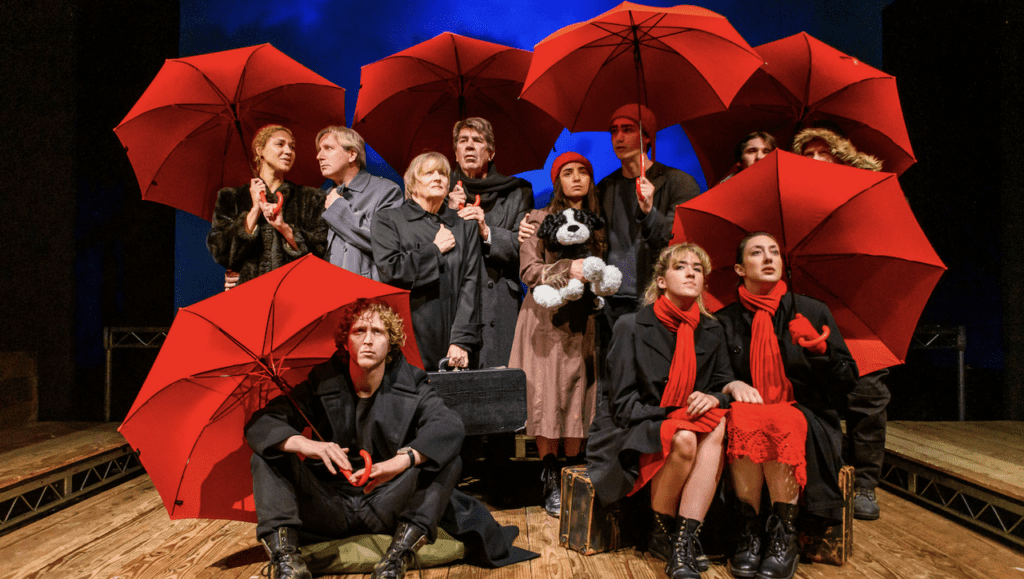
Duncan, Alyssa Ross, Liam Galaz Howard, Shane Weikel,
Angela Beyer. Front: Daniel Strausman, Alyssa Frey, Angela
Beyer. Photo credit: Paul M. Rubenstein.
Throughout the play (also directed by Frédérique Michel and produced by Charles A. Duncombe), characters pop umbrellas to weather storms, support their partner, and carry on, but they cannot agree on much, including where to go, how a country should operate, who to welcome, who to exclude, how to make and share money, etc. A lack of money and lack of imagination are part of the problem:, the group struggles to describe a new, ideal country that does not reproduce the same ills they seek to flee.
Director Frédérique Michel adds gorgeous moments of pause, where characters freeze while doing menial tasks like tying their shoes or walking arm in arm. These glitchy, staccato moments, coupled with sequences when the characters walk backward rather than forwards, solidify a place where time is slightly warped and characters are stuck with indecision around where to go and how to make the next place better. Duncombe’s use of a didgeridoo as part of the sonic atmosphere adds a heavy, pulsating layer to these sequences where the characters are stuck in limbo.
Perhaps most memorable is Papa Escargot (Andy Kallok) whose feelings of hopelessness are palpable beginning from the moment he enters the stage, stumbles upon a pair of discarded shoes, and slumps over, exhausted, sitting on his suitcase.
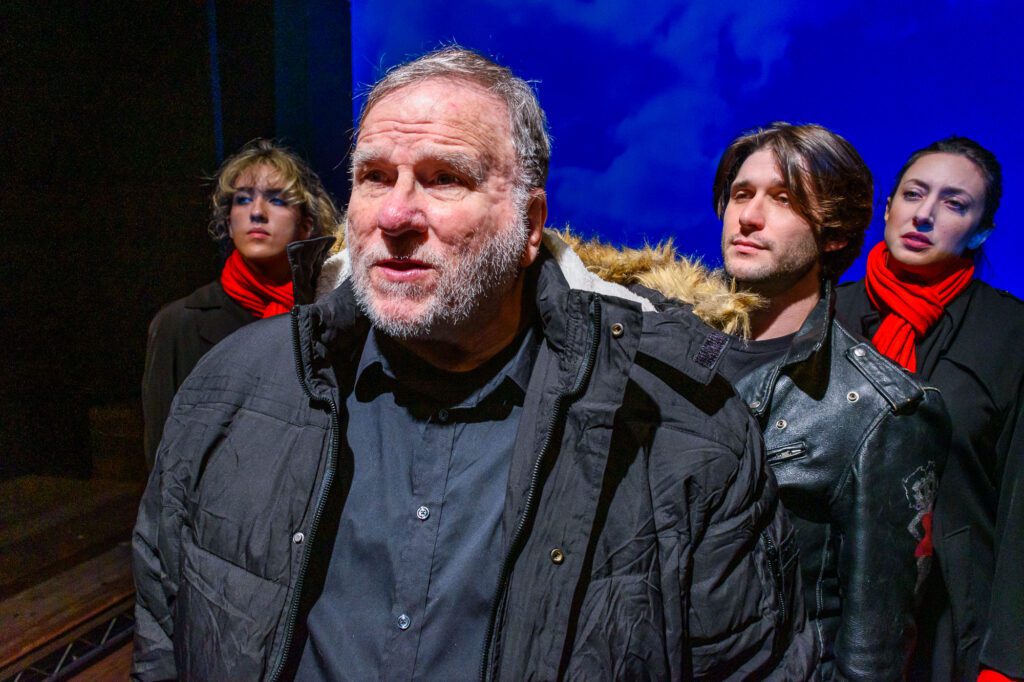
Photo credit: Paul M. Rubenstein.
There are also fantastic lines throughout, such as when Storm (Daniel Strausman) gets frustrated at the group’s return to money as the solution to all their problems, saying:
STORM: “Come on guys, we’re talking about doing something revolutionary, and again the conversation goes back to money.”
TOMY: “It’s hard not to.”
LONELY: “Force of habit.”
TOMY: “We don’t just need a new country — we need a new way of thinking.”
This new way of thinking may still be what we need here in the United States too. Both of these plays are timely, especially amidst the rising threats of mass deportations of immigrants, unreasonable searches and incarcerations, and increasingly militarized borders.
Once again, and per their thirty-five year record, City Garage Theatre has produced plays that speak to the times and encourage people to have empathy and compassion for what it means to arrive in a country that may pummel you into the ground.
As Woman 1 says in Bounds,
“This whole thing is . . . inhuman.”
The plays will run in repertory, with Bounds Thursdays and Fridays, and I Want a Country on Saturdays and Sundays until March 16.
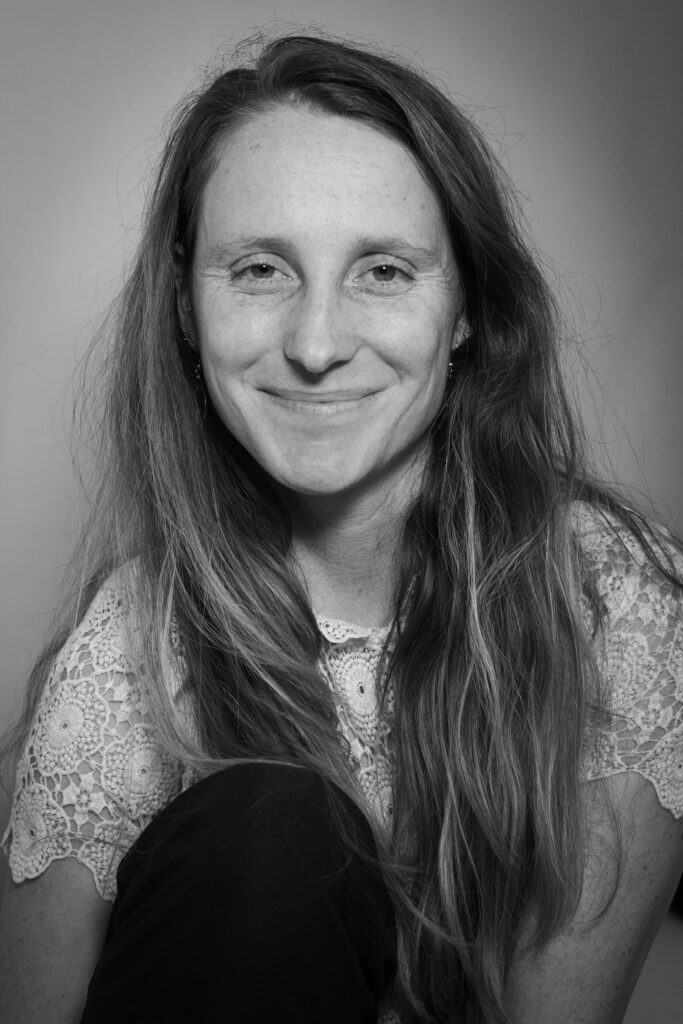
Allie Rigby is a poet, editor, and reviewer with roots in Orange County, California. She is the author of Moonscape for a Child (Bored Wolves, 2024) and the recipient of a Fulbright Fellowship to Romania, where she taught creative writing at Universitatea Ovidius din Constanța. She holds a master’s degree in English: Creative Writing from San Francisco State University. She enjoys connecting with people to develop and share stories that generate cross-cultural dialogue, solidarity, and change. For more of her work and upcoming events, visit www.allierigby.com or @allie.j.rigby.
SUPPORT SEEFEST
Not a member yet? Become an art patron with other SEEfest arthouse aficionados in support of great events and programs. Our mission is to keep you informed about initiatives from our wide network of fellow cultural organizations.
We Welcome YOU!
Review: The Seagull
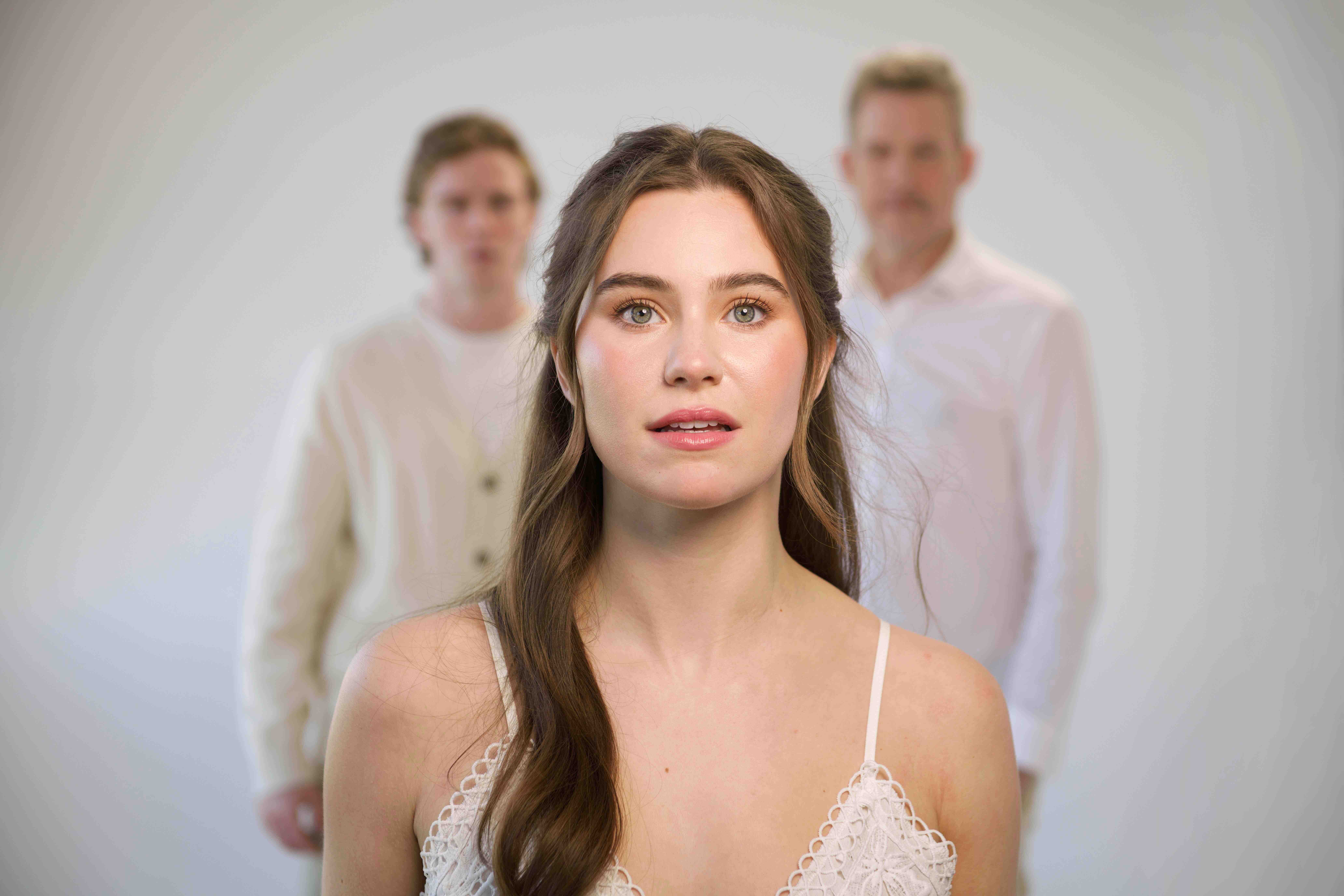
| Location | 2055 S Sepulveda Blvd, Los Angeles, CA 90025 |
| Theater | The Odyssey Theatre, Los Angeles |
| Date of Performance | January 18, 2025 |
| Language(s) | English (translated from Russian) |
| Photos by | Sasha Dawson and Miguel Perez |
Reviewed by Amanda L. Andrei
“We need new forms,” declares Konstantin Treplev, a fledgling playwright and son of an aging actress, of the theatre. “New forms are needed, and if we can’t have them, then we had better have nothing at all.” It’s also through old forms, such as Anton Chekov’s comedy The Seagull, that audience members can contemplate the role of artists and the snares of love. Although Odyssey Theatre Ensemble’s vision of this play contains stylistic twists which belie Chekov’s realism and create an undercurrent of dissonance, the poised portrayals of the iconic Boris Trigorin and Irina Arkadina bolster the tragicomedy.
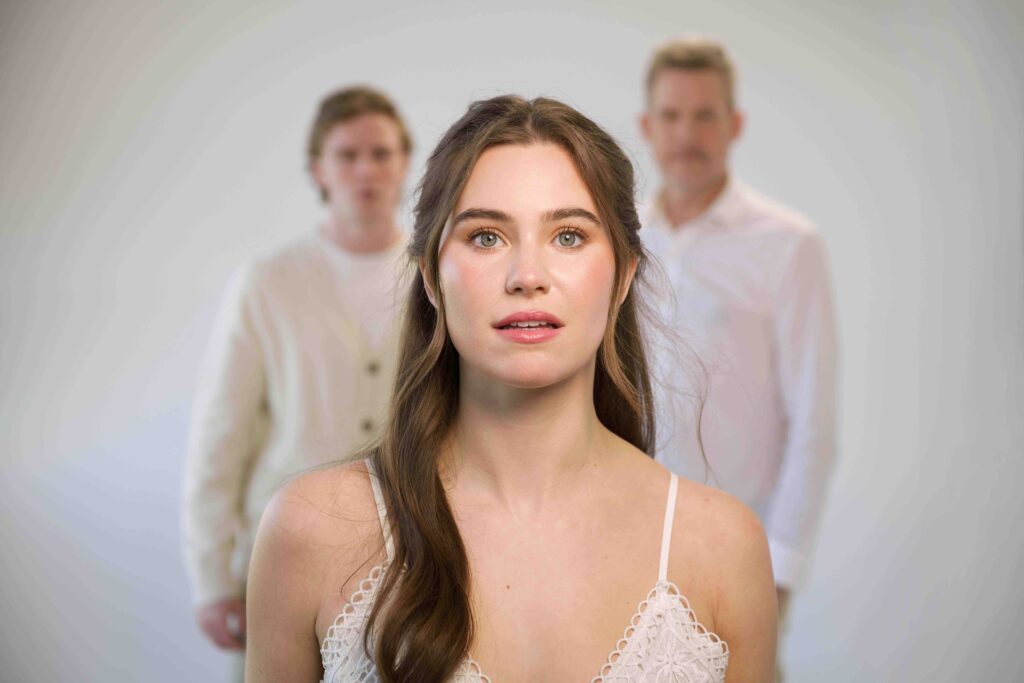
Dramatist and author Anton Chekov penned The Seagull 130 years ago, with its premiere a year later, in 1896 at the Alexandrinsky Theatre in St. Petersburg, Russia. Set in a lake house and estate in the Russian countryside in the same era, the play served as an opportunity for the turn-of-the-century audiences to see themselves reflected in stark, realistic terms: family dynamics, class differences, and love triangles during a shimmery summer and then two years later, in a thunderstorm.
There’s Irina Arkadina (Sasha Alexander), a theatre actress trying to reclaim her youth and influence, visiting her brother Pyotr Sorin (Joe Hulser), retired official and owner of the lake house. Her son Konstantin (Parker Sack), living under the shadow of his mother and aspiring to be a writer. Boris Trigorin (James Tupper), established writer and paramour of Irina, who falls for the 19-year-old idealistic Nina Zarechnaya (Cece Kelly), a neighbor to the estate who longs to be an actress and in the world of theatre and literati. And then there are multiple other guests, neighbors, and servants who add to the rich texture and intrigue of Russian society.
It would be easy to paint Trigorin as a slimy creep, preying on a teenage Nina for his own base desires and insecurities. But James Tupper is exquisite, inhabiting the role with such innocent presence and care that it’s easy to be seduced by—and sympathetic towards—this romantic writer. Sasha Alexander also fills her Irina with vigor and desperation, drawing bursts of laughter with her comedic timing and commanding rapt attention as she baits Trigorin to return to her arms. Parker Sack as Konstantin offers boyish rebellion, optimism, and moodiness—he shines best during a verbal throwdown with his rapacious mother—though witnessing a more transformative arc towards the end would have been more satisfying and poignant. Performances by Will Dixon as Dr. Dorn, and Carlos Carrasco as the steward Shamrayev, are also notable for the gusto and enthusiasm they bring to these side characters.
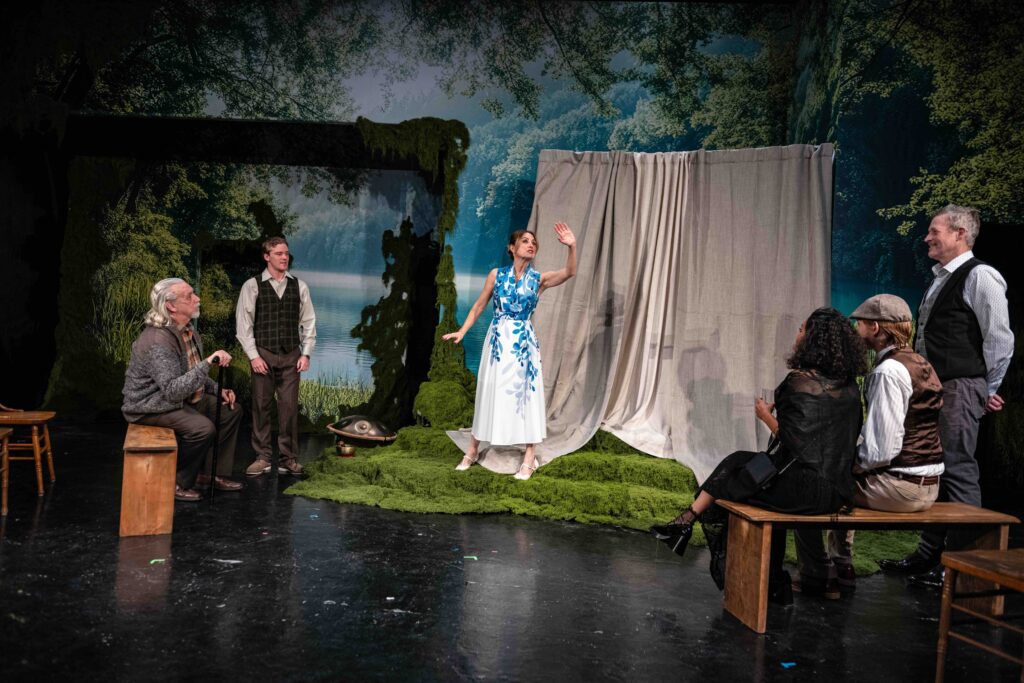
by the lake. Photo credit: Miguel Perez.
Part of the trouble with this production is that some of the visual stylistic choices conflict with the realism and era invoked from the text, a translation from 1960 by Ann Dunnigan. The translation itself is clear, and occasionally feels dated with its exclamations and endearments (“Fiddlesticks!” “Little one!”), but the dated feeling seems to come more from the ambiguity around time and place within the production. It’s unclear what the time period is: costumes and props verge on the modern, and small details like sunglasses, a camouflage outfit, and a ballpoint pen impart anachronistic touches that distract. The sprawling moss and large aquamarine lake in the background (cleverly designed by Carlo Maghirang) evoke feelings of immersivity and stagnancy beneath beauty, but also give an expressionistic feeling, as if the house and action symbolically live within the lake, instead of alongside it.
Director Bruce Katzman also crafts some moments of characters freezing in charged moments, creating silent tableaus that adds a touch of strangeness to the production. The choice to get playful and more abstract with The Seagull is a noteworthy one, though it seems the production would benefit from a more modern or updated translation that would allow the creative team to be more flexible with the contemporary design choices and have a more unified vision.
Given the situation with the wildfires, it can be jarring to return to the theatres during this time in L.A. Chekov’s summer vacation world and love entanglements seem far removed from the disaster befalling the City of Angels. But in fact, they hearken to L.A. as the illusory La-la-land, that amidst the luster of the entertainment industry, there are scores of individuals who are dreaming, scheming, and hustling to make a life in the arts. Some motives may be naïve or petty, others heartfelt and sincere.
As Nina tells Konstantin towards the end, after her share of trials and heartbreak,
“I know now, I understand, that in our work, Kostya—whether it’s acting or writing—what’s important is not fame, not glory, not things I used to dream of, but the ability to endure.”
In this time, that endurance is a reminder for every Angeleno.

Cristina Sandu Bio: Journalist Cristina-Ioana Sandu graduated from De Montfort University in the UK and is passionate about photography, cinema, music, and storytelling. With a background rooted in journalism and media, Cristina brings a vibrant perspective to her work, shaped by hands-on experience in the film industry and live event production.
Her journey also includes crafting compelling narratives that explore identity, art, and human connection. Her blog acts as a personal and creative space to document life, celebrate authenticity, and highlight significant voices in arts and culture. Discover more at: www.cristinaioanasandu.com
SUPPORT SEEFEST
Not a member yet? Become an art patron with other SEEfest arthouse aficionados in support of great events and programs. Our mission is to keep you informed about initiatives from our wide network of fellow cultural organizations.
We Welcome YOU!
Pitch The SEEfest Review

The SEEfest Review is now accepting pitches on a rolling basis for essays and critiques covering film, literature, art, history, and music. Please review our guidelines before sending us your pitch.
We look forward to hearing from you. Due to the volume of pitches we receive, we may be unable to reply to each pitch, but we will do our best.
Details for Pitching The SEEfest Review
The SEEfest Review welcomes submissions for film and literary reviews that explore the complexity of South East Europe. We are also open to educational articles particularly ones that raise awareness of historically marginalized populations of people who live in South East Europe or are part of the diaspora.
Pitch Guidelines
The SEEfest Review now accepts pitches on a rolling basis for essays and criticism on film, literature, art, history, and music. Please note that pitches are short summaries of who you are, why you want to write this review, and how your angle can offer a unique examination of the topic at hand. Pitches are not full submissions.
Please review our published reviews for an idea of what we are looking for. In general, we prefer film, literature, and play reviews rather than, say, historical articles or general trends in the film industry. That said, we occasionally accept the latter as well, especially if they resonate with our mission. We ask that your final article be between 500 and 1,500 words.
To pitch us, please complete this form titled “Pitch The SEEfest Review.” Please wait for a response from our team before you pitch us again. Thank you.
We welcome simultaneous submissions, but please notify us if your piece gets selected for another publication as soon as you know. That way we don’t fall in love with a pitch that is no longer available for us to pursue.
You should hear from us within six weeks.Should you be rejected, please know that you can still continue to submit future pitches to us. If your pitch was accepted, we will be in touch with you to offer editorial guidance as you complete your article.
About Us
If you are new to SEEfest, welcome. Please review our mission to familiarize yourself with the kinds of stories we long to read and share with the world.
The SEEfest Review is an online publication part of the annual South East European Film Festival (SEEfest). Each spring, SEEfest educates about and promotes the cultural diversity of South East Europe through its annual presentations of films from this region and year-round screenings and programs. SEEfest organizes conferences and retrospectives, serves as the cultural hub and resource for scholars and filmmakers, and creates opportunities for cultural exchange between Southern California and South East Europe.
Visit the footer and subscribe to our newsletter to get the latest news and film festival updates from SEEfest.
As a nonprofit, we also welcome your support in keeping international cinema part of the Los Angeles film scene.
The Frontier Café – Conversation with Elma Tataragić
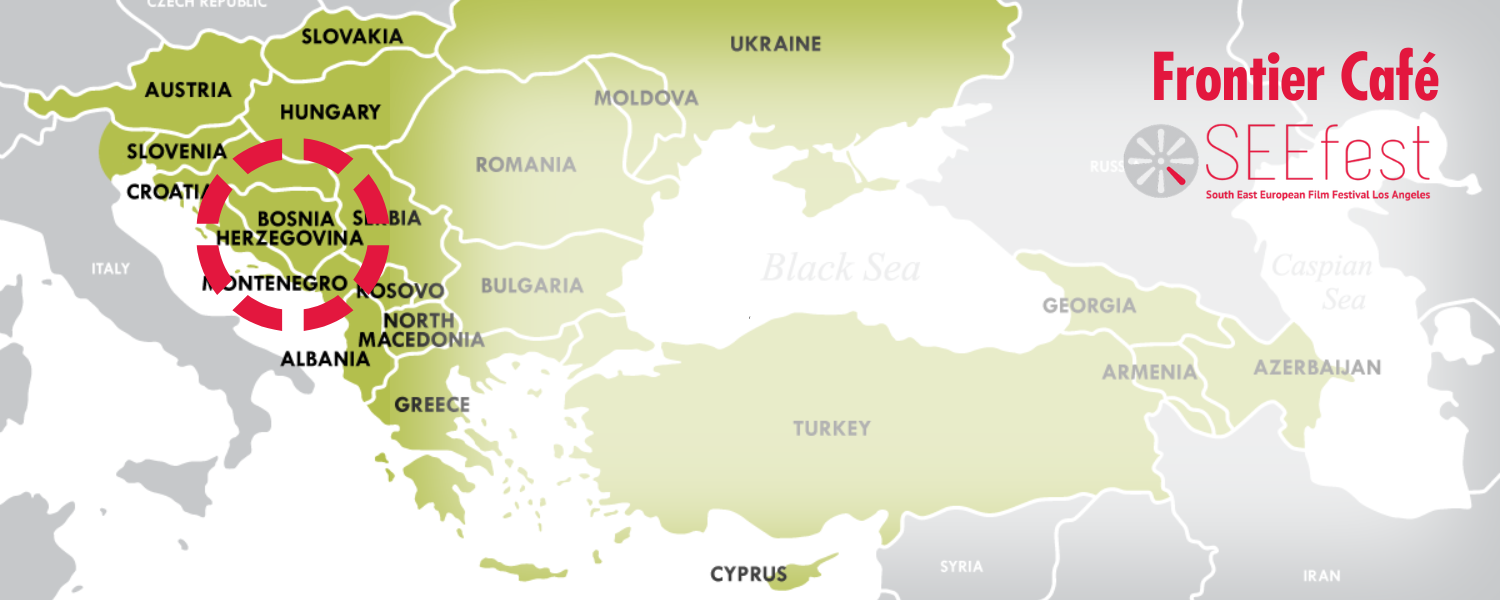
The History of Bosnian Cinema and the Role of Memory in Cinema
Please subscribe to our new podcast. Available on Anchor, Spotify, Amazon Music, Google Podcast, Castbox, Pocket Cast, Radio Public, YouTube
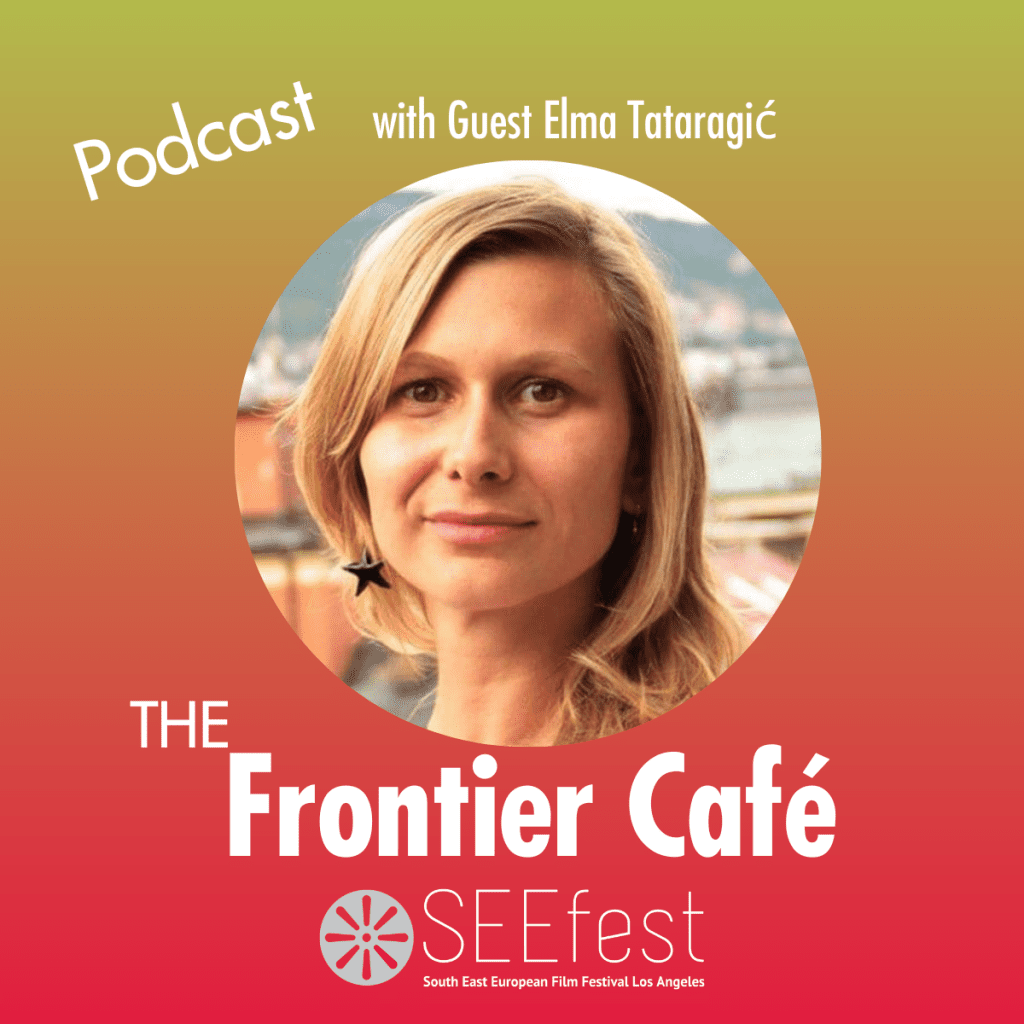
This episode features a conversation with Elma Tataragić. Elma currently works as a selector for the Competition Program for the Sarajevo Film Festival and is the President of the Filmmakers Association of Bosnia and Herzegovina. During our talk, we touched upon the history of Bosnian cinema, her work with film students, and the role of memory in film. Please enjoy our conversation demonstrating the untapped potential of films and their impact on local and global communities!
NOTE: The language spoken in this interview is Bosnian/Croatian/Serbian (link to English translation or watch on YouTube with English captions)
About The Guest
Elma Tataragić (1976) is a scriptwriter, professor and festival programmer. She graduated Dramaturgy (Screenwriting and History of Cinema) at Sarajevo Academy of Performing Arts and obtained her Master of Science degree and PhD in Film and Literature. She has been with Sarajevo Film Festival since it was founded in 1995, where she now works as selector for Competition Programs and CineLink Industry Days.
She co-wrote short film First Death Experience (2001) and wrote and produced short North Went Mad (2003), both directed by Aida Begić. She has produced and co-written the feature film Snow (2008) also directed by A. Begić, shown in the Semaine de la critique at Cannes Film Festival 2008, where the film won the Grand Prix. The film has been shown at over 80 festivals and won over 30 international awards. She is the General Secretary and a member of Filmmakers Association of Bosnia and Herzegovina. She has been teaching screenwriting at Sarajevo Academy of Performing Arts since 2002, now as a professor.
She is member of European Film Academy and has published a book on screenwriting and is also works as a script consultant. In 2016 she has completed her short fiction film I Remember, which is successfully touring the world film festivals. The feature film When The Day Had No Name (2017) directed by Teona Mitevska which she has co-written premiered in Panorama Special at Berlinale 2017. She is currently in preproduction of two feature films she has written: Stitches to be directed by Serbia director Miroslav Terzić and God Exists And Her Name Is Petrunija by Macedonian director Teona Mitevska. She’s also developing a new feature and short experimental films.
Connect with Elma on Social
SUPPORT SEEFEST
Not a member yet? Become an art patron with other SEEfest arthouse aficionados in support of great events and programs. Our mission is to keep you informed about initiatives from our wide network of fellow cultural organizations.
We Welcome YOU!
The 2021 South East European Film Festival (SEEfest) Announces Film Lineup for 16th Edition
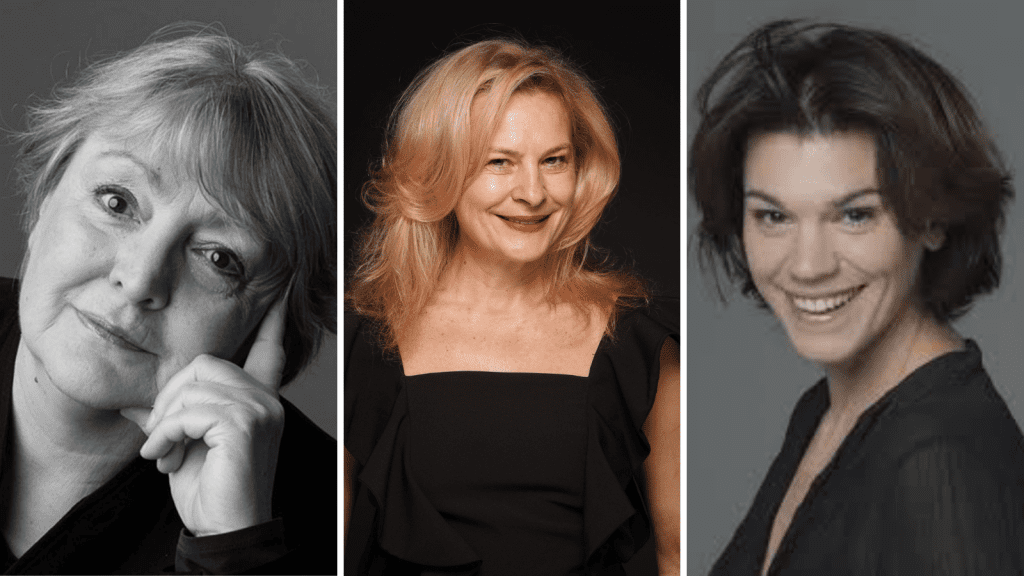
SEEfest Honorees Dubravka Ugrešić (by Shevuan Williams), Jasna Djuričić (by Nebojša Babić) , Marija Škaričić
Award-winning writer Dubravka Ugrešić will receive the SEEfest Legacy Award and Marija Škaričić (MARE) and Jasna Djuričić (QUO VADIS, AIDA?) will both receive the inaugural Legacy Acting Award.
The 2021 South East European Film Festival (SEEfest) (April 28-May 5), co-presented by ELMA, foundation for European Languages and Movies in America, announced the lineup of official selections for the 16th annual edition of the Los Angeles-based film festival. Presenting and celebrating cinematic and cultural diversity of 18 countries of the Balkans and Caucasus to American audiences, the film festival continues to provide a platform in the U.S. for the discovery of new talent from South East Europe.
SEEfest will honor internationally celebrated author Dubravka Ugrešić (“The Age of Skin,” “Baba Yaga Laid an Egg”) with this year’s Legacy Award (April 17) and Marija Škaričić (Mare) and Jasna Djuričić (Quo Vadis, Aida?) with the film festival’s inaugural Legacy Acting Award.
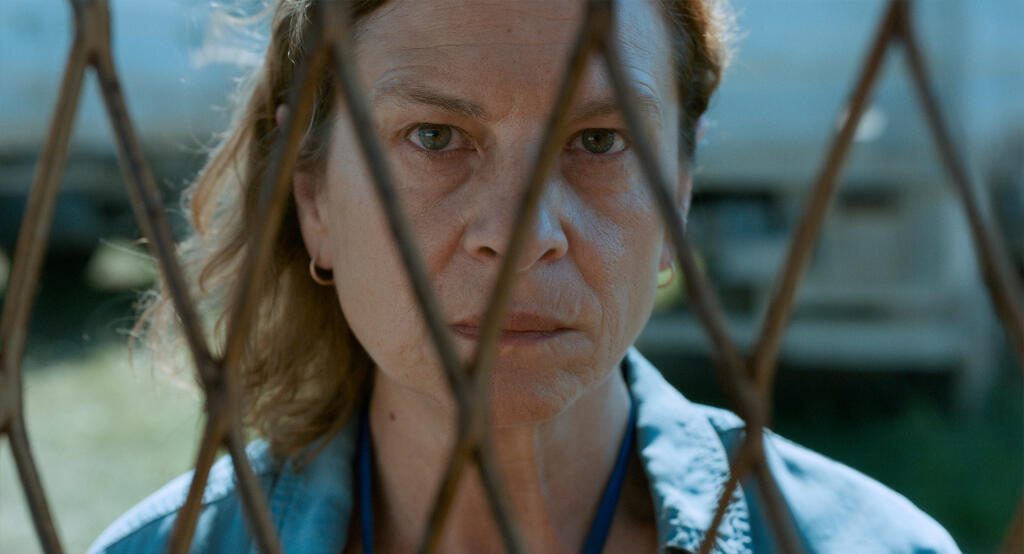
Legacy Acting Award honoree Jasna Djuričić stars in Jasmila Žbanić’s Quo Vadis, Aida?. a 2021 Academy Award nominee for International Feature Film from Bosnia Herzegovina
A true discovery film festival, this year’s virtual presentation is once again rich with premieres, including two world premieres (Elka Nikolova’s A Question of Survival and Kata Oláh’s My Digital Nomad), and two international premieres, Jadran Boban’s That Other Village, and Sidar İnan Erçelik’s Wind Horse. Among the seven North American premieres at SEEfest are Marko Djordjević’s My Morning Laughter, Gjergj Xhuvani’s final feature, My Lake, Ivan Živković’s Galeb (Tito’s Boat), Nebojša Slijepčević‘s 70, Ivana Marinić Kragić’s Nun of Your Business, Bruno Pavić’s Landscape Zero, and Pavel Cuzuioc’s Please Hold the Line. The two films making U.S. premieres are Marija Perović’s Breasts, and Catherine Harte’s Faith & Branko.
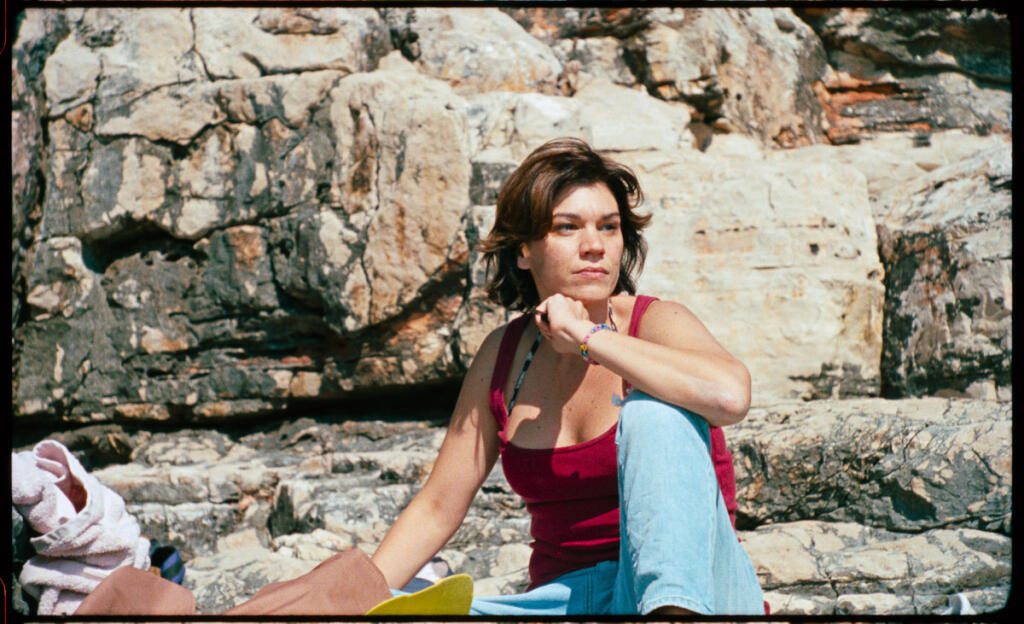
Legacy Acting Award honoree Marija Škaričić stars in two other highly anticipated films among SEEfest’s official selections.
SEEfest Executive Director Vera Mijojlić, said,
“This is another exciting year programming-wise with several films from South East Europe set to make their debut here in the States with our virtual film festival presentation. We are especially excited to host a conversation with our wonderful Legacy Award honoree Dubravka Ugrešić on April 17 and the opportunity to celebrate the great work by Marija Škaričić and Jasna Djuričić, who star in four of our highly anticipated selections, Mare, Breasts, Quo Vadis, Aida?, and My Morning Laughter with the inaugural Legacy Acting Award.”
Making their world premieres at SEEfest will be two documentaries, including Elka Nikolova’s US and Bulgarian co-production, A Question of Survival, which traces the legacy of the Holocaust in the Balkans, as seen through the eyes -and conflicting memories- of three Bulgarian Jewish survivors in New York, and Kata Oláh’s My Digital Nomad, an intimate, first-person documentary from Hungary about the nomadic lifestyle turns into an intimate conversation between mother and daughter throughout countries and years.
SEEfest’s two International premieres include; Jadran Boban’s Croatian film That Other Village about a remote village that changed twice its name, population, and its own history as it continues to be torn by never-ending historical traumas triggering new conflicts; and Sidar İnan Erçelik’s Wind Horse, a poetic Turkish film which tells the story of two shepherds from Anatolia, one of whom becomes a celebrated jockey; the film juxtaposes human desire for success with the toll on the spirit of freedom in both humans and horses.
North American premieres include; Ivana Marinić Kragić’s Nun of Your Business, a Croatian film about two young nuns, driven by their blossoming love, who choose to leave the convent and start a new life together; Marko Djordjević’s My Morning Laughter, a Serbian dramedy about a 30-year-old trying to lose his virginity; and the late Gjergj Xhuvani’s final feature, My Lake, an Albanian drama about a man who has become a small-time marijuana smuggler to support his family.
Following in the tradition of SEEfest films which bring to life world history in a dynamic way is Ivan Živković’s Galeb (Tito’s Boat), a Croatian film which tells the story of the ship that Yugoslav president Tito sailed numerous times, visiting close to 20 countries as he negotiated an alliance of non-aligned countries, the world’s largest after the United Nations. Other North American premieres include Nebojša Slijepčević‘s 70, a documentary about the LADO Ensemble, the only professional folk music and dance ensemble in Croatia.
Bruno Pavić’s Croatian film, Landscape Zero will also make its North American Premiere, as will Pavel Cuzuioc’s Austrian film Please Hold the Line. The former follows the lives of people who are either fighting for their survival among dangerous facilities surrounding their homes or coexisting with them in harmony, while the latter focuses on cable technicians in Eastern Europe as they navigate a modern-day Tower of Babel. One of the 2 films making its U.S. premiere is Catherine Harte’s Faith & Branko, an intimate story that chronicles the cross-cultural relationship between musicians Faith and Branko over seven years.
Legacy Acting Award honoree Marija Škaričić stars in two other highly anticipated films among SEEfest’s official selections. Andrea Štaka’s Mare, a multiple award-winner including the Solothurn Prize, is a Swiss and Croatian co-production about a woman dedicated to her family life, yet always feeling out of place until a chance romantic encounter with a new neighbor just may put everything to the test. Marija Perović’s Breasts, which makes its U.S. premiere, is a light-hearted drama from Montenegro about four friends from high school brought together again at their 20-year reunion, who all are forced to go beyond the usual pleasantries when it is revealed that one of them has become gravely ill.
Fellow Legacy Acting Award honoree Jasna Djuričić stars in Jasmila Žbanić’s Quo Vadis, Aida? a 2021 Academy Award nominee for International Feature Film from Bosnia Herzegovina, the film follows a translator for the UN in a small town taken over by the Serbian army forcing her to use her connections as an insider to look out for the safety of her family and people. Eugen Jebeleanu’s directorial debut Poppy Field follows the struggle of a young Romanian gendarme who tries to balance two opposing parts of his identity: that of a man working in a macho hierarchical environment and that of a closeted gay man. Andrei Zinca’s So, What’s Freedom? is a Romania and U.S. co-production inspired by real events exploring how the lives of a group of people turn when they discover their freedom has become a forced exile.
Click here to preview the complete lineup of films and preorder your tickets.
ABOUT SOUTH EAST EUROPEAN FILM FESTIVAL (SEEfest)
Twice the recipient of the prestigious festival grant from the Academy of Motion Picture Arts and Sciences, and five other awards for programming excellence from the State of California, County and City of Los Angeles, Cities of Beverly Hills and West Hollywood, and Hollywood Foreign Press Association’s festival grant, the festival’s growing list of renowned organizations which now support the festival includes the California Arts Council, Los Angeles County Board of Supervisors through the Los Angeles County Department of Arts and Culture, ELMA Foundation, UCLA Center for European and Russian Studies, Hollywood Foreign Press Association, Blue Heron Foundation, Villa Aurora artists residence, Film & Ink LLC, West Hollywood Chamber of Commerce, as well as a roster of cultural community partners representing the diversity of our State.
South East European Film Festival Los Angeles (SEEfest) is a competition festival presenting cinematic and cultural diversity of 18 countries of the Balkans and Caucasus to American audiences. It provides a platform in the U.S. for the discovery of new talent from South East Europe, with a wide selection of films, art, and literary talks, workshops, and panels. The film festival serves as the cultural hub and resource for scholars and filmmakers, and creates opportunities for cultural exchange between Hollywood industry professionals and filmmakers from South East Europe. It is a 501 © 3 non-profit, public benefit corporation. For more information, visit https://seefilmla.org/.
City Spaces: Diocletian’s Palace
At the heart of Split lies Diocletian’s Palace
Before Croatia became a country in its own right, the area was under the rule of various powers and empires, each of which has left its mark on its cities and culture. One of the earliest is the Romans, whose architecture formed the foundation from which cities such as Split continue to grow and evolve.
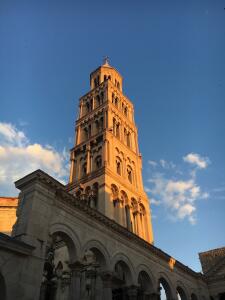 At the heart of Split lies Diocletian’s Palace, built at the start of the fourth century for the Roman emperor. The white stone that makes up its walls and streets are characteristic of the architecture in the city as well as the greater Dalmatian region and lighten the city even on the rare cloudy days.
At the heart of Split lies Diocletian’s Palace, built at the start of the fourth century for the Roman emperor. The white stone that makes up its walls and streets are characteristic of the architecture in the city as well as the greater Dalmatian region and lighten the city even on the rare cloudy days.
The palace has four arched entrances, fortress-like walls shielding all sides, and a bell tower, added later on around the twelfth century, that stands as the highest point in the city center. The wall, once bordering the Adriatic, now stands as the permeable boundary between the palace and the Riva, a walkway lined with cafes by the sea.
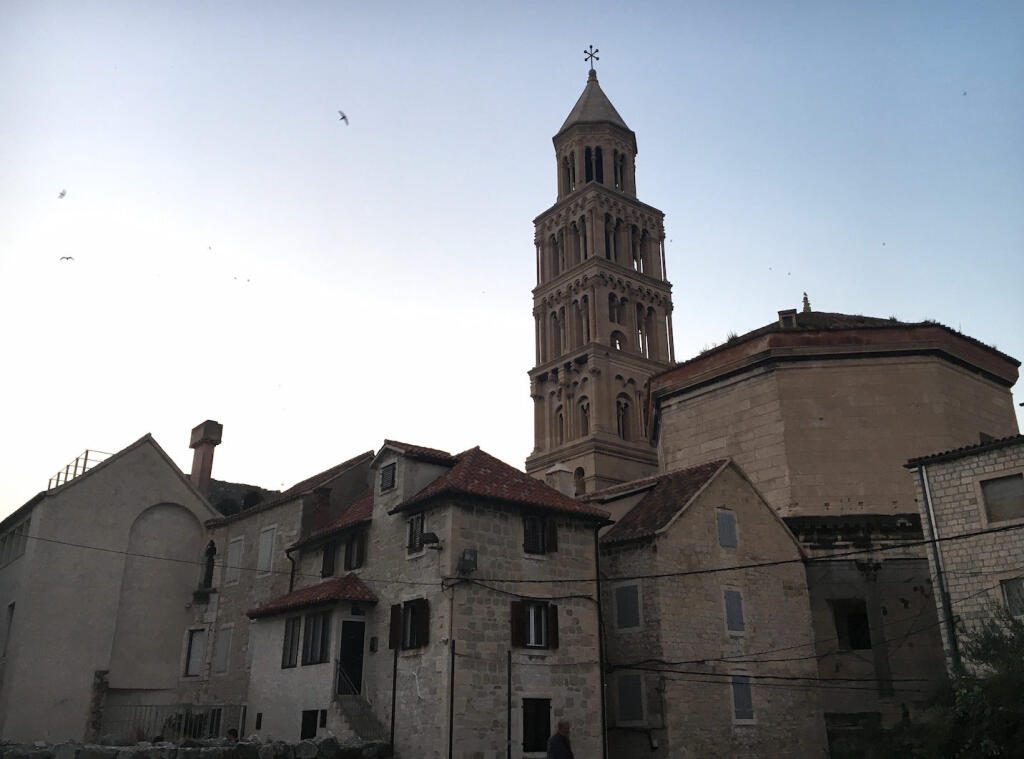 Once the site of defense and trade, now it is a social area of small-scale business. Underground is the palace’s cellars, with cavernous ceilings and cobblestones, which now house the stands of artists and artisans selling handmade jewelry, sculptures of wood and limestone, and tourist paraphernalia of all kinds. The ebb and flow of people through the palace’s streets follows time-worn paths; looking at the smooth, time-worn flagstones, one can see the repeated indentations of millions of steps.
Once the site of defense and trade, now it is a social area of small-scale business. Underground is the palace’s cellars, with cavernous ceilings and cobblestones, which now house the stands of artists and artisans selling handmade jewelry, sculptures of wood and limestone, and tourist paraphernalia of all kinds. The ebb and flow of people through the palace’s streets follows time-worn paths; looking at the smooth, time-worn flagstones, one can see the repeated indentations of millions of steps.
Over the many centuries since its construction, the palace’s narrow streets and tunnels, small squares, and leftover pillars have remained largely unchanged architecturally, but the spaces have transformed in functionality, serving new purposes with each new era.
In the time of Diocletian, the Peristyle—a large square lined by pillars—was the site of the emperor’s announcements and appearances, adjacent to a building that contained a mausoleum. That mausoleum later became known as the cathedral of Sveti Duje (Saint Domnius), where mass is still held today. The bell tower above it rings with every hour and is still a defining feature of the city’s skyline.
During certain periods this area of the palace was simply another part of the city center and everyday life, not used for any particular purpose. On one hand, this led to decay from lack of maintenance, but on the other, the palace was spared from external harm. Despite the turbulent events in this region throughout the twentieth century, Split remained largely untouched by the wars and skirmishes and none of the palace’s architecture had to be rebuilt as a result of wartime damage.
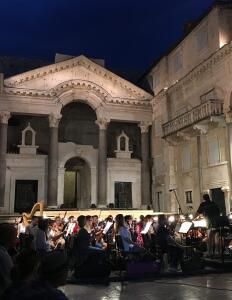 The Peristyle has come to be known as the city’s “living room,” a space where performances, from orchestras to street artists, are staged and people frequently gather to dance, eat and drink, and spend time together.
The Peristyle has come to be known as the city’s “living room,” a space where performances, from orchestras to street artists, are staged and people frequently gather to dance, eat and drink, and spend time together.
As tourists become an increasingly prominent presence in the city, there has been pushback against letting these cultural spaces turn into architectural and historical museums. After all, cities are made to be lived in, never truly preserved in a crystallized state. They take on a life of their own and transform with the times, constructing on top of their architectural and cultural foundations.
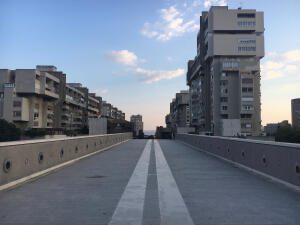 Beyond the walls, the liveliness of the palace spills out into the surrounding area. Layers of history take the form of ruins, parks, and houses, and on the outskirts of the city, the architecture transforms into modern apartments. Nevertheless, the essence of Mediterranean living has been preserved in these various forms. Open spaces and squares with coffee shops are ubiquitous and a source of food, socializing, exchange of information, and a part of everyday life. The way of living, persistent through the ages, is reflected in these spaces even as the city continues to evolve.
Beyond the walls, the liveliness of the palace spills out into the surrounding area. Layers of history take the form of ruins, parks, and houses, and on the outskirts of the city, the architecture transforms into modern apartments. Nevertheless, the essence of Mediterranean living has been preserved in these various forms. Open spaces and squares with coffee shops are ubiquitous and a source of food, socializing, exchange of information, and a part of everyday life. The way of living, persistent through the ages, is reflected in these spaces even as the city continues to evolve.
Exploring The Adriatic Coast of South East Europe
Often considered among the most beautiful waters to see and swim in, the Adriatic Sea is an integral part of life in South East Europe, specifically in Croatia, Slovenia, Montenegro, Albania, and Italy, whose borders run along the Adriatic coast.
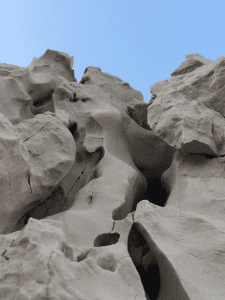 One of the Adriatic coast’s striking features is the white stone which marks the ever-shifting boundary between land and sea. Near the water, the stone is encrusted with shells and barnacles, colored brown with seaweed and centuries of erosion. Farther from the shore the stone is pale, textured with indentations, and laced with cracks and schisms. Rosemary bushes and pine trees are found close enough to the shore that their branches hang over the water, creating shadowed nooks and clusters of pine needles among the rocks.
One of the Adriatic coast’s striking features is the white stone which marks the ever-shifting boundary between land and sea. Near the water, the stone is encrusted with shells and barnacles, colored brown with seaweed and centuries of erosion. Farther from the shore the stone is pale, textured with indentations, and laced with cracks and schisms. Rosemary bushes and pine trees are found close enough to the shore that their branches hang over the water, creating shadowed nooks and clusters of pine needles among the rocks.
On sunny days, sailboats and ferries dot the horizon, along with smaller fishing boats, especially near villages. Ferries carry the local inhabitants of the islands to and from cities, and during the summer they run every few hours. The sea is also home to over 7000 plant and animal species and is so clear that while swimming one can see the fish, either lurking near the seafloor or else darting synchronously through the waves in schools.
Some jump above the surface, a quick gleam of silver in the sunlight before disappearing underwater again. Squids, crabs, dolphins, and other common marine wildlife are also found in these waters, and there are rarely any large or dangerous creatures, though the occasional lost fin whale or young shark appears while searching for a way back to the Mediterranean.
In recent years, concerns about threats to marine ecosystems in the Adriatic have grown, including worries about overfishing and pollution; these are the same problems plaguing coastal environments all over the world right now. Poor waste management and carelessness from tourists has led to trash floating in the sea and washing up on shores, which in turn affects the wildlife.
Although it is still safe to eat fish from the Adriatic, pollution may change that in the future. Moreover, of the over 450 fish species identified in the Adriatic, about 60 are considered endangered or nearly endangered, according to various red lists on endangered species in the Mediterranean and Adriatic.
Pollution concerns are exacerbated by commercial endeavors, especially cruise ships, which have become a frequent sight in ports. Although they bring tourists and therefore business, the environmental damage to the coast has caused many to question them and look for alternatives, such as more 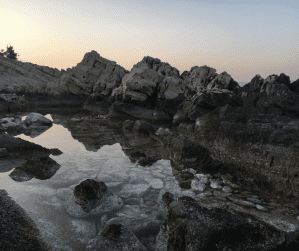 traditional-style ships which can also carry tourists between Adriatic islands and cities. Split and other large coastal cities have a rich history of flourishing shipyards and capable sailors, and have produced all kinds of vessels. Their older ships have a long history, such as the Polaris, which travels between Split and several nearby islands. Polaris has been run by the same local family for decades and its existence stretches back to World War II. Although its exterior has been restored and rebuilt over the decades, it nevertheless carries history in its foundations as it continues to sail through the Adriatic.
traditional-style ships which can also carry tourists between Adriatic islands and cities. Split and other large coastal cities have a rich history of flourishing shipyards and capable sailors, and have produced all kinds of vessels. Their older ships have a long history, such as the Polaris, which travels between Split and several nearby islands. Polaris has been run by the same local family for decades and its existence stretches back to World War II. Although its exterior has been restored and rebuilt over the decades, it nevertheless carries history in its foundations as it continues to sail through the Adriatic.
As with every coastal region, the priority is to preserve and find a coexistence between the natural environment and our own interaction with it. From its storms carrying heavy winds and salt, to its days of pristine tranquility under the sun, the Adriatic is a force of its own, always shaping the landscape and the homes we have built beside it.


